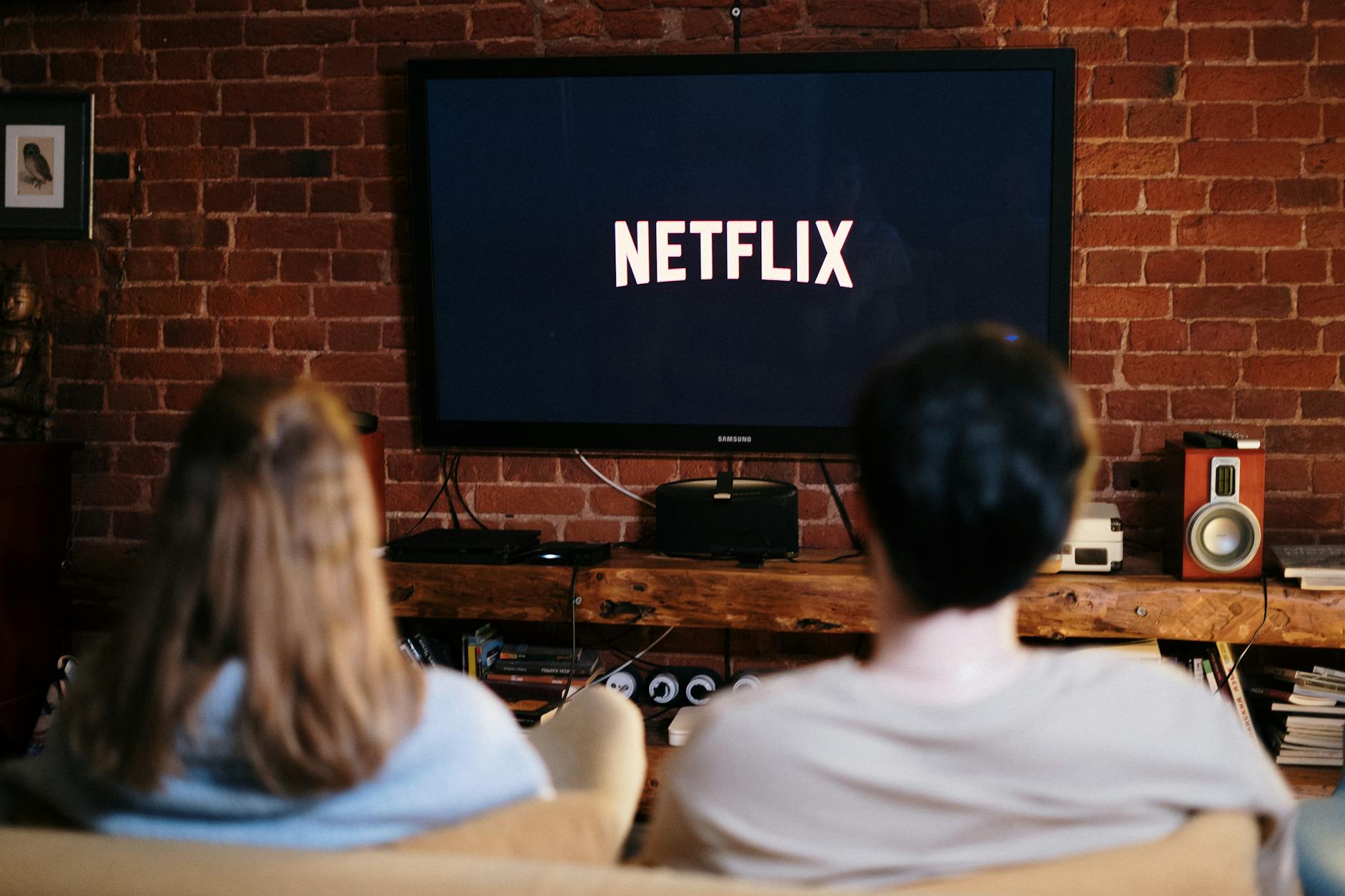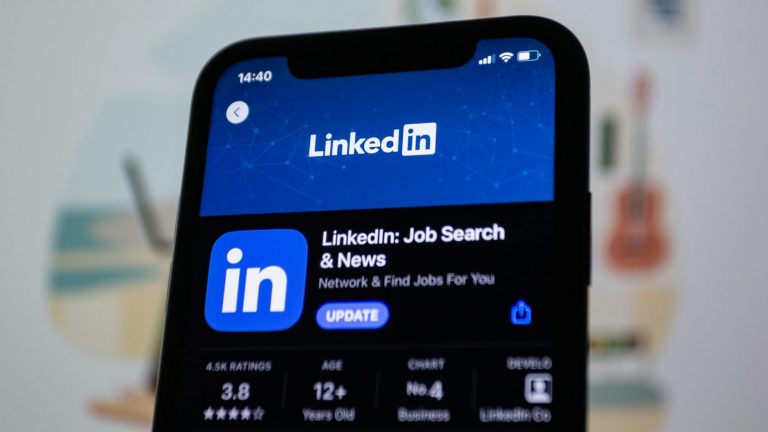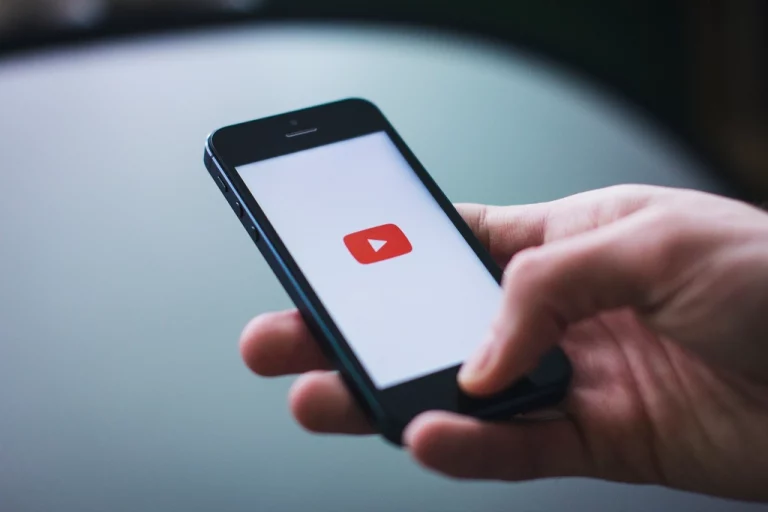
My parents called me last week with what seemed like a simple question: “Should we finally upgrade to a Smart TV, or just get one of those little stick things for our old TV?” What followed was a 45-minute conversation that I’ve now had dozens of times as the designated “tech person” in my family and friend circles. The Smart TV versus streaming stick debate isn’t as straightforward as it might first appear, and the right choice depends entirely on your specific situation, preferences, and how you consume content.
I’ve personally owned three different Smart TVs over the past decade and have used nearly every streaming device on the market – from the earliest Roku models to the latest Apple TV 4K. Along the way, I’ve learned that neither option is universally “better” than the other. Each has distinct advantages and drawbacks that matter differently depending on your viewing habits, technical comfort level, and budget constraints.
In this comprehensive guide, I’ll walk you through everything you need to know to make an informed choice between these two entertainment options. We’ll explore the core differences, dig into the pros and cons of each, and even look at some specific scenarios where one clearly outshines the other. By the end, you’ll have all the information you need to decide which entertainment setup is truly best for your home.
What Are Smart TVs and Streaming Sticks?
Smart TVs: The All-in-One Solution
A Smart TV is essentially a television with built-in internet connectivity and a computing platform that allows you to access streaming services, browse the web, and use various applications – all without needing any additional devices. Think of it as a TV with a computer built directly into it.
Modern Smart TVs come with pre-installed apps for popular streaming services like Netflix, Hulu, Disney+, and Amazon Prime Video. Many also feature voice assistants like Google Assistant, Amazon Alexa, or manufacturer-specific systems that allow you to control your TV and even your smart home devices through voice commands.
Streaming Sticks: The Flexible Add-On
Streaming sticks (or boxes) are separate devices that connect to your TV through an HDMI port, transforming any TV with an HDMI input into a “smart” one. Popular options include Roku devices, Amazon Fire TV Sticks, Google Chromecast, and Apple TV.
These compact devices provide essentially the same streaming capabilities as Smart TVs, often with their own unique interfaces and features. They connect to your home Wi-Fi network and allow you to access streaming services, games, and other apps through their own operating systems.
The Core Differences: Hardware, Software, and Experience
Hardware Considerations
Smart TVs: Integrated but Fixed
The primary hardware advantage of Smart TVs is integration. There are no additional cables, no extra remote controls, and no need to switch inputs. Everything is built into one sleek package.
However, this integration comes with a significant drawback: you can’t upgrade the “smart” components without replacing the entire television. This became painfully obvious to me when my 2016 Samsung Smart TV began struggling with newer apps just three years after purchase, while the display itself was still perfectly fine.
The processing power in Smart TVs also tends to be less robust than dedicated streaming devices, often resulting in slower navigation and app loading times. Manufacturers typically allocate more of their budget to the display technology rather than the computing components.
Streaming Sticks: Modular and Upgradable
Streaming devices shine in their modularity. When a newer, faster model is released, you can simply replace the stick or box while keeping your existing TV. This approach is both cost-effective and environmentally friendly.
Most streaming devices also offer more powerful processors than what you’ll find in the average Smart TV. My Apple TV 4K loads and runs apps noticeably faster than the built-in apps on my high-end LG OLED, despite the TV itself costing ten times more than the streaming box.
The downside? You’ll have an additional device to find space for, another power cable to manage, and an extra remote control to keep track of (though universal remote options exist).
Software Ecosystems
Smart TV Operating Systems: Varied and Manufacturer-Specific
The software experience on Smart TVs varies dramatically between brands:
- LG’s webOS offers a clean, ribbon-style interface that’s intuitive but sometimes lacks the latest apps.
- Samsung’s Tizen provides a robust app selection with good performance but includes advertisements that can’t be disabled.
- Sony and other brands often use Android TV (or Google TV), which offers excellent app availability but can sometimes feel less optimized than manufacturer-specific systems.
- Roku TV and Amazon Fire TV Edition televisions essentially integrate these popular streaming platforms directly into the television.
I’ve found that Smart TV operating systems are generally fine for basic streaming needs, but they often receive updates more slowly than dedicated streaming devices. My Samsung TV stopped receiving major feature updates after just two years, while streaming devices typically enjoy longer support cycles.
Streaming Device Platforms: Focused and Frequently Updated
Streaming devices offer more specialized, frequently updated software experiences:
- Roku provides a simple, app-centric interface that’s incredibly easy to navigate, even for the least tech-savvy users.
- Amazon Fire TV heavily promotes Amazon content but offers excellent Alexa integration and a wide app selection.
- Apple TV delivers the most premium experience with the cleanest interface and seamless integration with the Apple ecosystem.
- Google TV (formerly Android TV) offers strong search capabilities and content recommendations based on your viewing habits.
In my experience, streaming device interfaces are almost universally more responsive than Smart TV interfaces. Apps launch faster, menus are more fluid, and the overall experience feels more polished.
User Experience Considerations
Smart TVs: Convenience at a Cost
The primary advantage of Smart TVs is convenience – everything you need is built right into your television. Setup is minimal, and there’s just one remote control to manage. For casual viewers who primarily use major streaming services, this simplicity is appealing.
However, this convenience comes with trade-offs:
- Interfaces can feel sluggish, especially as the TV ages
- Some Smart TVs display advertisements on their home screens
- App selection may be limited compared to streaming devices
- Voice search capabilities are often basic compared to dedicated streaming platforms
I’ve noticed that most people who are perfectly satisfied with their Smart TV’s built-in streaming capabilities tend to be light users who stick to just one or two major streaming services.
Streaming Devices: Superior Experience with Minor Complications
Streaming devices typically offer a more refined user experience:
- Faster, more responsive interfaces
- More frequent software updates with new features
- More comprehensive app stores
- Superior search functionality across multiple services
- More advanced voice control options
My parents, who initially resisted adding “another complicated device,” now refuse to use anything but their Roku after experiencing how much simpler and faster it is to navigate compared to their TV’s built-in system.
The drawbacks are relatively minor but worth considering:
- Another device to set up and maintain
- An additional remote control (though many now offer TV power and volume controls)
- The need to switch inputs when using other devices
Cost Analysis: The Price of Entertainment
Smart TV Investment
The cost equation for Smart TVs has changed dramatically over the past few years. Where Smart features once commanded a significant premium, they’re now standard on virtually all new televisions except for the very lowest-end models.
Current pricing trends show:
- Budget Smart TVs (32″-43″): $150-$300
- Mid-range Smart TVs (50″-65″): $350-$800
- Premium Smart TVs (65″+): $800-$3,000+
The price variance has much more to do with display technology, size, and picture quality than with the “smart” capabilities themselves. A 55″ 4K OLED TV might cost $1,200, while a 55″ 4K LED TV might be $400, but both offer similar smart features.
Streaming Device Economics
Streaming devices offer a much lower entry point:
- Basic streaming sticks (Roku Express, Fire TV Stick Lite): $25-$30
- Mid-range options (Roku Streaming Stick 4K, Fire TV Stick 4K): $40-$50
- Premium devices (Apple TV 4K, Nvidia Shield): $150-$200
This approach allows you to pair an inexpensive streaming device with any TV – whether it’s a non-smart TV you already own or even a Smart TV with an interface you don’t enjoy using.
The Total Cost Perspective
When considering the total cost of ownership, there are several factors to evaluate:
- Replacement Cycle: Smart TV functionality often becomes outdated before the display does. With a streaming device, you can upgrade just the streaming component every 3-4 years for $30-$50, rather than replacing an entire television.
- Energy Consumption: Most streaming sticks use minimal power (2-3 watts) even when in active use. The additional power consumption is negligible compared to the TV itself.
- Long-term Value: If you plan to keep your TV for 5+ years, a streaming device will likely provide better long-term value through continued software updates and app support.
I purchased my parents a $35 Roku device for their 8-year-old “dumb” TV, and it’s still receiving updates and new app support – something that certainly wouldn’t be happening if they had bought a Smart TV of the same vintage.
Content and App Availability: The Entertainment Factor
Smart TV App Ecosystems
Content availability varies significantly between Smart TV platforms:
- LG webOS and Samsung Tizen both offer the major streaming services but may lack some niche apps and certain regional services.
- Android TV/Google TV models generally have the most extensive app selection among Smart TVs.
- Roku TVs and Fire TV Edition televisions benefit from the same extensive app libraries as their standalone device counterparts.
In my experience testing different Smart TV platforms, I’ve encountered occasional frustrating gaps in app availability. My Samsung TV never received the HBO Max app, forcing me to use a separate device despite having a supposedly “smart” television.
Streaming Device Content Libraries
Streaming devices typically offer more comprehensive app selections:
- Roku boasts the most extensive app library with over 5,000 channels, including virtually all major streaming services and many specialty options.
- Fire TV emphasizes Amazon content but supports most major services, though it had a notable dispute with Google that temporarily removed YouTube.
- Apple TV offers excellent app quality control but may lack some niche services available on other platforms.
- Chromecast with Google TV provides strong app support with particular strength in YouTube and Google services integration.
I’ve found that streaming devices are also quicker to receive new apps when services launch. When Peacock launched, it appeared on Roku devices months before becoming available on some Smart TV platforms.
Gaming and Additional Features
Beyond basic streaming, consider additional features:
- Smart TVs rarely offer serious gaming capabilities beyond simple casual games.
- Apple TV and NVIDIA Shield support reasonably capable gaming experiences.
- Fire TV Stick 4K Max and Google TV devices offer basic cloud gaming support.
If gaming is important to you, a streaming device almost always offers better performance and game selection than Smart TV platforms.
Privacy Considerations: Who’s Watching You Watch?
Smart TV Data Collection Practices
Smart TVs have gained notoriety for their aggressive data collection practices. Many use a technology called Automatic Content Recognition (ACR) that analyzes pixels on your screen to identify what you’re watching – even from external devices connected to the TV.
This data is typically used for targeted advertising and is a significant revenue stream for TV manufacturers, which helps explain how Smart TV prices have dropped so dramatically while maintaining profit margins.
Different manufacturers have different approaches:
- Vizio settled a $2.2 million FTC lawsuit over its data collection practices
- Samsung and LG allow you to opt out of certain tracking, but the settings are often buried in menus
- Sony and other Android TV manufacturers follow Google’s data policies
While you can disable many tracking features, the processes are often confusingly documented and difficult to navigate. I spent nearly 30 minutes finding all the relevant privacy settings on my LG TV.
Streaming Device Privacy Approaches
Streaming devices also collect user data, but often with more transparent policies:
- Roku collects viewing data and sells targeted advertising
- Fire TV integrates with Amazon’s extensive data ecosystem
- Apple TV generally collects the least data and has the strongest privacy protections
- Google TV devices collect data for personalization and advertising
Most streaming devices make opting out of data collection somewhat easier than Smart TVs, though the default is still typically to collect as much as possible.
Real-World Performance: What’s It Actually Like to Use?
Smart TV Performance Reality
In my experience testing dozens of Smart TVs, performance varies dramatically based on price point and age:
- Budget Smart TVs ($200-$400) typically offer sluggish interfaces with noticeable lag when navigating menus or opening apps
- Mid-range models ($400-$800) perform adequately for basic streaming but may struggle with more complex apps
- Premium TVs ($800+) generally offer decent performance but still rarely match dedicated streaming devices
The most frustrating aspect of Smart TV performance is its degradation over time. A Smart TV that feels reasonably snappy when new often becomes noticeably slower after a year or two of software updates that its hardware wasn’t designed to handle.
Streaming Device Performance Profiles
Streaming devices offer more consistent and often superior performance:
- Entry-level streaming sticks ($25-$35) provide better performance than many built-in Smart TV systems
- Mid-range options ($40-$50) deliver excellent performance for virtually all streaming needs
- Premium devices ($150+) offer the absolute fastest, most responsive streaming experience available
I’ve found that even a basic $30 Roku or Fire TV stick typically launches apps faster and navigates more smoothly than the built-in system on all but the most expensive Smart TVs.
Connection Reliability
In terms of connection reliability, streaming devices often have an advantage:
- Most streaming sticks and boxes feature more advanced Wi-Fi antennas than those built into TVs
- Premium streaming devices like Apple TV and Shield TV offer Ethernet ports for wired connections
- Dedicated streaming devices tend to handle network interruptions more gracefully
My parents’ Smart TV would often require a full restart when the Wi-Fi connection was temporarily lost, while their Roku simply reconnects automatically when the network becomes available again.
Special Use Cases: When the Choice Is Clear
When a Smart TV Makes More Sense
There are specific scenarios where relying on a Smart TV’s built-in capabilities makes more sense:
- Simplicity is paramount: For users who value absolute simplicity and want just one remote and no additional devices, a Smart TV’s integrated approach wins.
- Secondary viewing locations: In bedrooms, kitchens, or other spaces where the TV gets light use, the built-in Smart features are usually sufficient.
- Limited space: If you have absolutely no room for even a small streaming stick behind your TV, built-in smarts are your only option.
- Clean aesthetic requirement: For wall-mounted setups where cable management and visual simplicity are top priorities, Smart TV integration helps maintain a cleaner look.
When a Streaming Device Is Clearly Better
Streaming devices pull ahead in several common scenarios:
- Older TV with life left: If your existing TV works perfectly but lacks smart features or has outdated ones, a streaming stick is the obvious choice.
- Heavy streaming users: If you regularly use multiple streaming services and switch between them frequently, the superior performance of dedicated devices will save you time and frustration.
- Specific ecosystem investment: If you’re heavily invested in the Apple, Amazon, or Google ecosystem, their respective streaming devices offer better integration than most Smart TVs.
- Gaming interest: For casual gaming alongside streaming, devices like Apple TV and NVIDIA Shield offer capabilities that most Smart TVs can’t match.
- Future-proofing on a budget: If you want to maintain access to the latest apps and features without replacing your entire TV, a streaming device is the more economical long-term choice.
Installation and Setup: Getting Started
Smart TV Setup Process
Setting up a new Smart TV typically involves:
- Physical placement and connections (power, antenna, HDMI devices)
- Initial setup wizard (language, region, network connection)
- Account creation or login for the TV’s platform
- Installing and signing into individual streaming apps
Most Smart TVs require you to create or log into accounts for both the TV manufacturer and each streaming service. This process typically takes 20-30 minutes for a basic setup.
Streaming Device Installation
Setting up a streaming device usually follows these steps:
- Connect the device to an HDMI port and power source
- Switch TV input to the correct HDMI port
- Follow on-screen setup instructions (typically connecting to Wi-Fi and logging into your account)
- Install and sign into streaming apps
This process generally takes 10-15 minutes and is designed to be as streamlined as possible.
A notable advantage of streaming devices is account portability – if you’re replacing an older streaming stick with a newer model of the same brand, your accounts and preferences often transfer automatically.
The Best of Both Worlds: Hybrid Approaches
Many users (myself included) have found that the ideal solution is often a hybrid approach:
- Smart TV + Streaming Device: Use a Smart TV for basic functions and casual viewing, but add a streaming device for better performance and app selection when needed.
- Different Solutions for Different Rooms: Use integrated Smart features on secondary TVs while employing streaming devices on your main TV where performance matters most.
- Ecosystem-Specific Combinations: For example, use Apple TV in your living room for its superior performance while relying on AirPlay to Smart TVs in other rooms for occasional content sharing.
I personally use my LG Smart TV’s built-in apps for quick casual viewing but switch to my Apple TV for movie nights or extended viewing sessions where the faster interface and superior picture processing make a noticeable difference.
Making Your Decision: A Practical Framework
To determine which option is best for your specific situation, consider these key questions:
- Do you already own a TV you’re happy with? If yes, a streaming device is the obvious choice.
- What’s your budget? If you’re buying a new TV anyway, focusing on picture quality and adding an inexpensive streaming stick often provides better overall value than paying extra for a premium Smart TV.
- How tech-savvy are you or your household members? Less technical users sometimes prefer the all-in-one approach of a Smart TV, though many streaming devices are exceptionally user-friendly.
- How long do you expect to keep your TV? Longer planned ownership periods favor the streaming device approach for future-proofing.
- Which streaming services do you use most? Check compatibility with both your potential Smart TV platform and streaming device options.
Conclusion: Personal Preference in an Imperfect World
After years of using both Smart TVs and virtually every streaming device on the market, I’ve come to a simple conclusion: there is no universally “best” option. The right choice depends entirely on your specific needs, preferences, and how you consume content.
If you prioritize simplicity and integration above all else, modern Smart TVs offer a perfectly adequate experience for casual viewing. If you value performance, longevity, and the best possible user experience, a quality streaming device connected to any TV (smart or not) will serve you better.
In my own home, I’ve settled on a hybrid approach – using built-in smarts for quick casual viewing while relying on dedicated streaming devices for my main viewing areas. This combination provides convenience when I want it and performance when I need it.
Whatever you choose, the good news is that we’re living in a golden age of content accessibility. Whether through a Smart TV or streaming device, you have unprecedented access to entertainment options that would have seemed magical just a decade ago. The question isn’t whether you can access great content – it’s simply which door you choose to walk through to get there.
FAQ: Common Questions About Smart TVs and Streaming Devices
Can I use a streaming stick with a Smart TV?
Absolutely! Many people use streaming devices with Smart TVs to get a better interface or access to apps not available on their TV’s platform. Simply plug the streaming stick into an HDMI port and switch to that input when you want to use it.
How long do Smart TVs continue to receive updates?
This varies significantly by manufacturer. Budget brands might provide updates for just 1-2 years, while premium manufacturers typically offer 3-4 years of software support. Streaming devices generally receive updates for 4-5 years or more.
Do I need a Smart TV to use Netflix, Hulu, and other streaming services?
No. Any TV with an HDMI port can access these services by adding an inexpensive streaming stick or box. Even older TVs without HDMI can often connect to streaming devices using adapters.
Which uses more electricity: a Smart TV or a TV with a streaming stick?
The difference is minimal. Most streaming sticks consume only 2-3 watts of power, adding approximately $0.50-$1.00 to your annual electricity bill compared to using the TV’s built-in apps.
Can Smart TVs get viruses or malware?
While rare, Smart TVs can potentially be infected with malware. Streaming devices from major manufacturers like Roku, Apple, and Amazon have generally proven more secure than some Smart TV operating systems.













